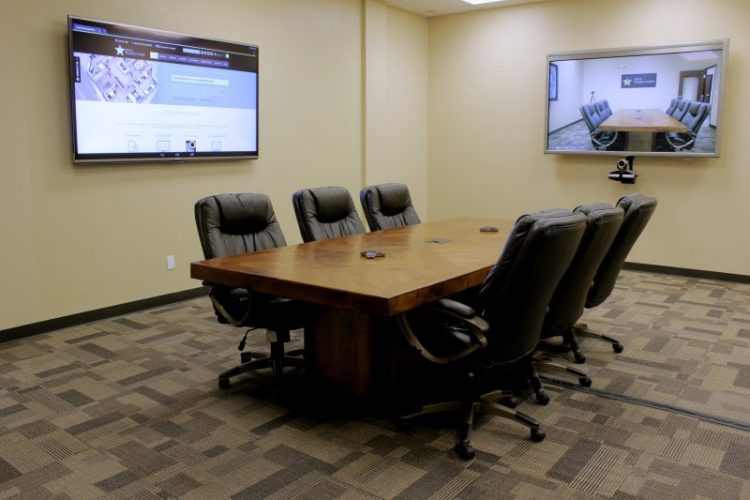While digital signage systems may look like consumer televisions, they are far more sophisticated and consist of several components. Specifically, this is what you’ll find in a digital signage package:
- The digital display
- The media player
- The content management system, or CMS
- The content itself
The Digital Display
The display is what everyone will see, so reliability and durability are important considerations. That’s why AV integrators will always recommend their clients opt for commercial displays. Commercial displays are built with parts designed to take on continuous wear, like larger heat sinks, so they can operate around the clock without risk of damage. Commercial displays can also be oriented vertically, giving AV integrators additional display design options. Some commercial displays are much brighter than their consumer counterparts, and this is critical for exterior systems. In a digital signage system, the display can take on many forms, with a variety of screen sizes and technologies available. Samsung, for instance, manufacturers a line of exterior displays built into rugged housing. Planar builds interactive LED walls, along with a line of standard digital displays. Christi Digital’s microtile displays can be arranged in any shape, including curves and angles. A compelling aspect of digital signage is that it allows users to unleash their creativity. That’s because there’s no limit to how the technology can be used.The Media Player
The media player is what stores and delivers content for the digital signage system. Media players are unobtrusive, and most can fit in the palm of your hand, so they are easy to accommodate. In most cases, each display is paired with a media player, though there are some media players that can work with several displays at once. Most media players can be connected to the display via HDMI, so they are easy to install and set up. A media player can either retrieve content from the cloud or from its onboard hard drive, and some can do both. With the cloud, media players can grab content as soon as it’s available. With local storage, the players can continue delivering content to the display even if it’s disconnected from the internet temporarily.The Content Management System, or CMS
The display and the media player are the hardware components of any digital signage system. The CMS is the primary software component, and serves as the system’s control center. Here are some of the features you can expect from a digital signage CMS:- Upload and manage content
- Schedule content to run at certain times
- Make instant changes to uploaded content
- Group displays for easy uploading and updating
- Check the status of networked displays



